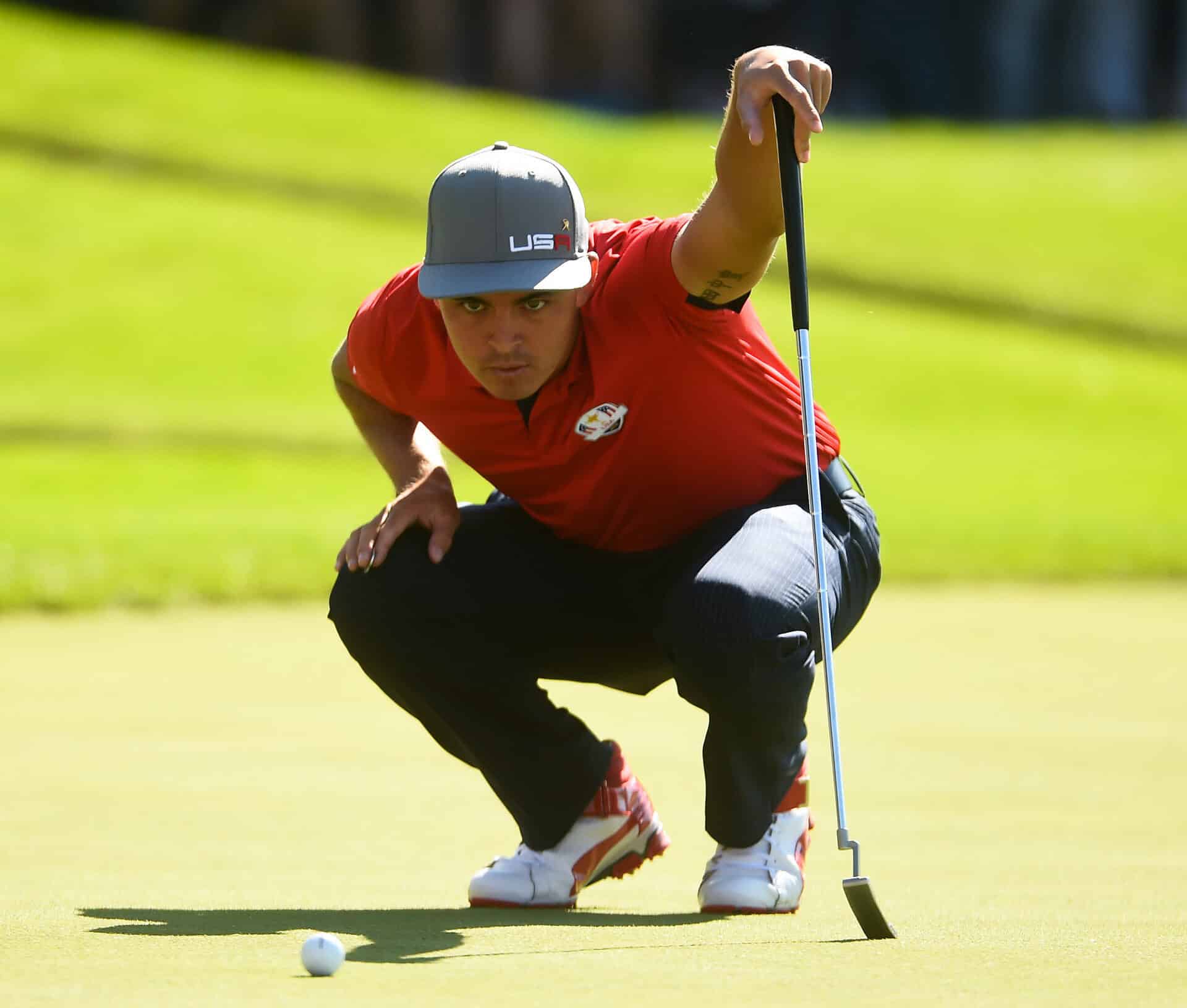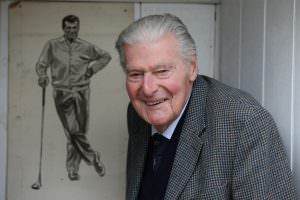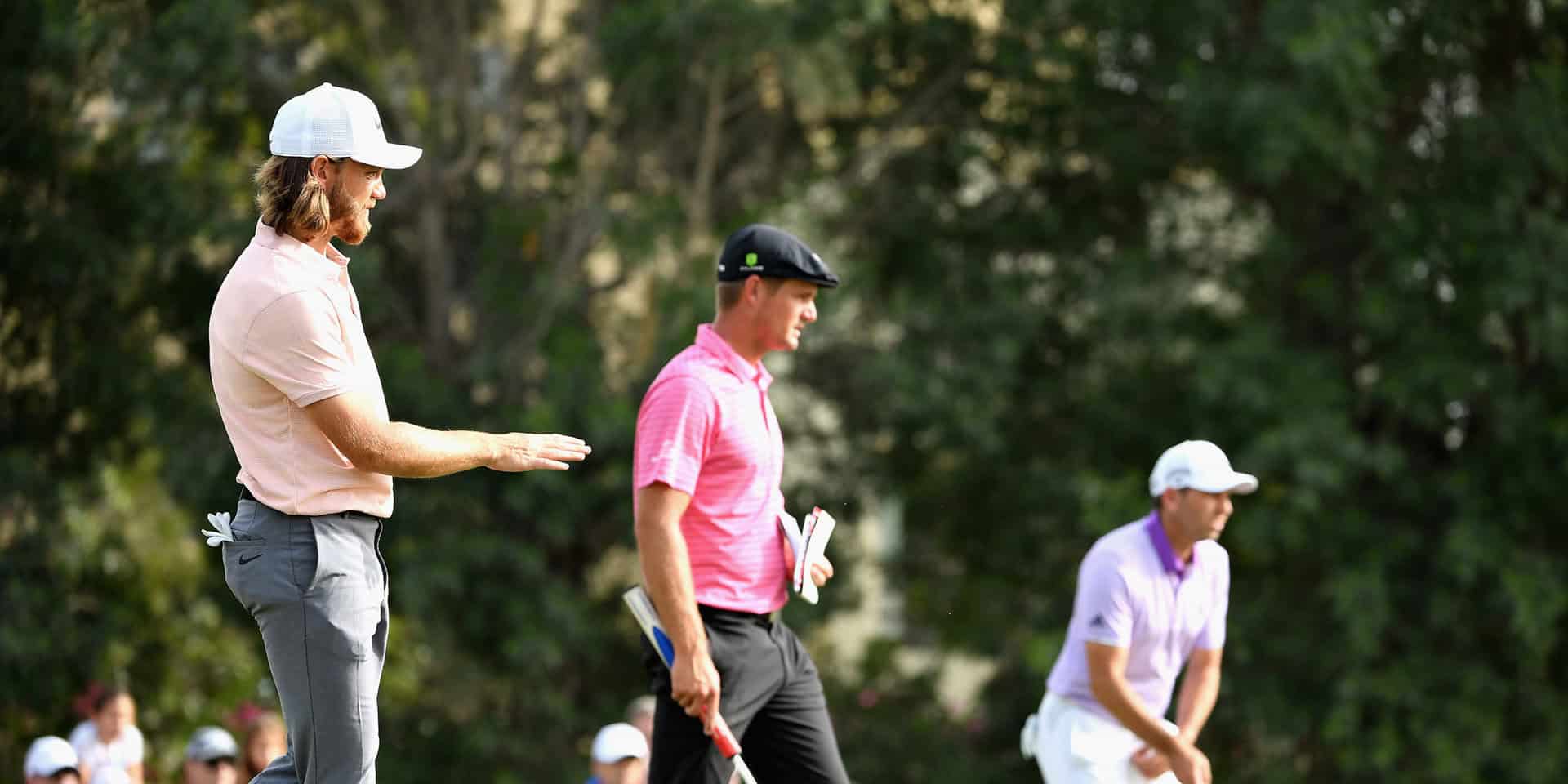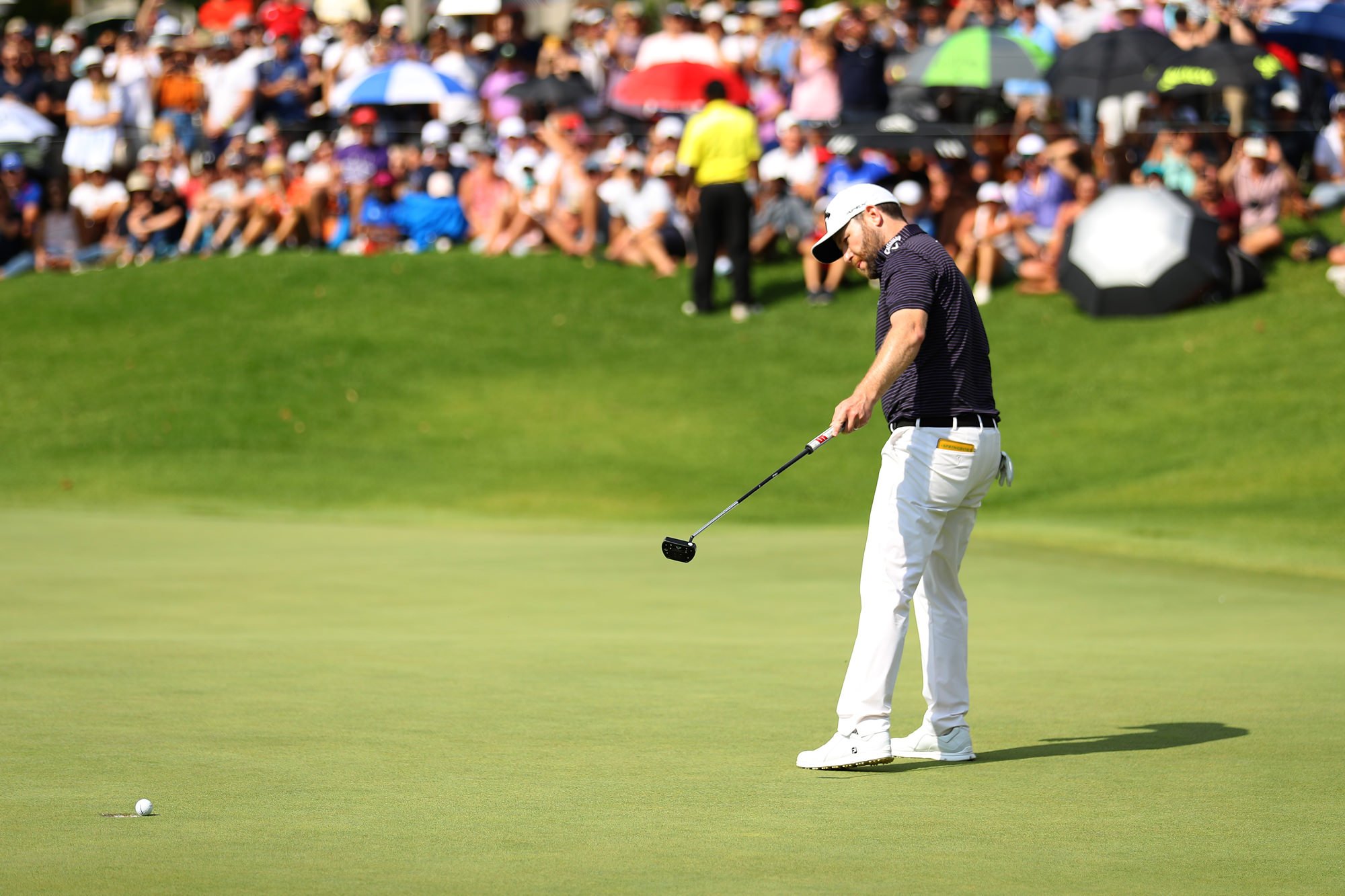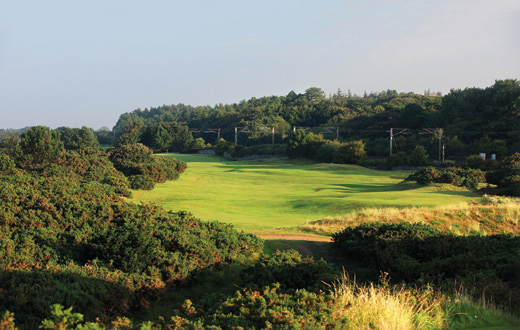
Golf psychology: How to conquer your disaster hole
The 14th at Keighley in West Yorkshire, a short par 3, was always my personal disaster hole.
Every time I teed the ball up I knew that I was just about to ruin my card! All golfers have a hole – or two! – like this. What makes it so difficult?
No matter how bad your performances have been on this hole to date you can improve. With planning and preparation you can turn your stroke-one hole into one of your favourites.
Use your favourite clubs
Stroke 1 holes are difficult because we have to play a shot we are not 100 per cent confident about. Confidence comes through practice and there will always be clubs in our bags that we have more confidence with than others. To maximise your chances of a low score try to stick with clubs and shots that you have the most confidence in.
It might sound common sense but in my experience it isn’t common practice; give yourself the best chance of shooting low scores on difficult holes by using clubs and playing shots that you are confident with.
Lose the don’ts
Many golfers simply accept that they will drop shots on their stroke 1 hole. The little voice in their head begins to say “Here we go again, I hate this hole. Whatever you do don’t hit the ball into the trees on the left…” Talking to yourself in this way will not help you to overcome the challenges presented by a difficult hole.
Do not accept this negative internal voice. Plan out what you are going to say to yourself on the tee. Your brain will always default to negative self-talk. You have to be aware of this and plan out some useful things to say to yourself when you notice the negative self-talk occurring.
For example saying “Focus on the spot on the green where you want the ball to land” is much more useful than saying “Don’t hit the ball into the water hazard on the left”.
Rehearse the shots
To give yourself the best chances of turning your stroke 1 hole into one of your favourites practise the above points. Practice is the only true way to change your current unhelpful behaviours.
Go to the range and practise playing your stroke 1 hole in your mind’s eye. Practise saying helpful things to yourself as you practise.
The neuroscience behind my tips
Your brain is not set-in-stone as neuroscientists once believed it to be. You can re-wire it through focused practice which leads to neuroplasticity.
Currently your brain is wired to perceive your stroke-1 hole as a huge threat. By practising the tips in this article you will re-wire the synaptic connections in your brain. This will give your orbital frontal lobe a better chance of overpowering your amygdala and the negative emotions that it creates.
About Jon
Jon Finn is the inventor of the Pre-Shot training programme, a unique training approach which helps golfers shoot lower scores. He developed it in his role as Golf Psychology consultant to the PGA over the past nine years. Pre-Shot training can be accessed through iPhone apps, physical products and workshops. Visit pre-shot.co.uk




